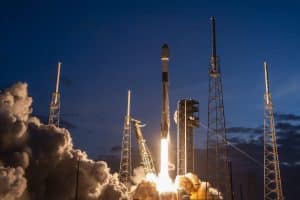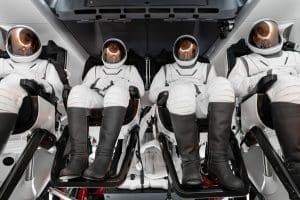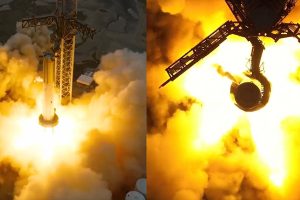Amid a flurry of deliveries and work on several new Starship boosters, SpaceX is preparing the first truly finished Super Heavy for its next steps.
Partially completed by early September, Super Heavy Booster 4 (B4) supported SpaceX’s iconic ‘full stack’ fit test back on August 6th before returning to the build site but has mostly just floated around Starbase’s launch and test facilities in the seven weeks since its second trip to the pad. On September 10th, CEO Elon Musk himself suggested that SpaceX had plans to static fire the booster as early as mid-September – more than six weeks ago. Obviously, nothing even approximating Super Heavy testing transpired. Instead, at least relative to rapid-fire Starbase operations in the two years prior, SpaceX has almost absentmindedly worked on the booster, mostly completing partially-finished wire runs that run its full 69m (~225 ft) length.
In the last few weeks, though, the type of work being done on Super Heavy B4 has changed.
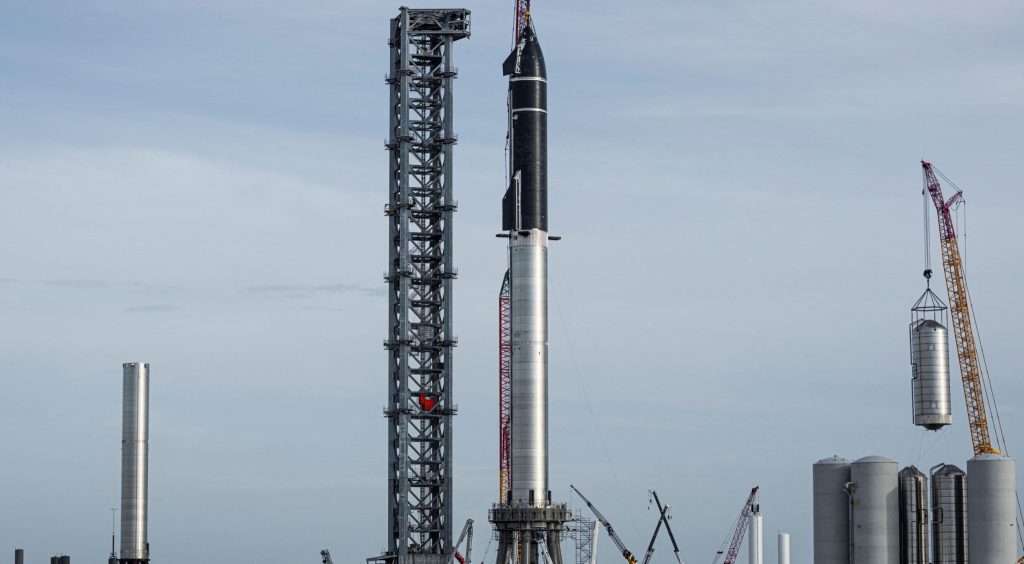
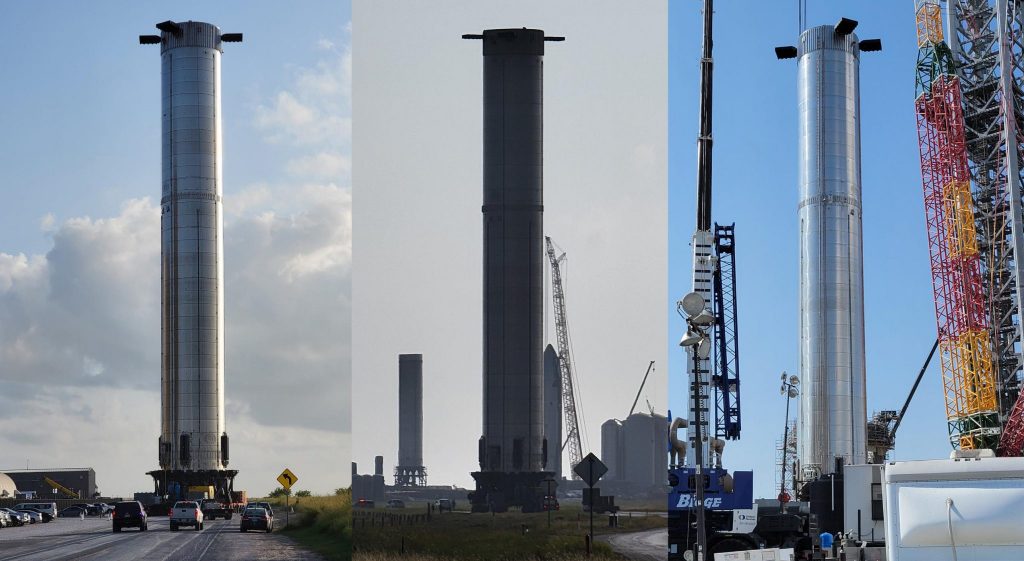

On September 26th, to give the Starbase construction crew more room to install giant arms on the orbital pad’s ‘launch tower,’ SpaceX removed Super Heavy B4 from the launch mount for the second time, temporarily relocating it to an unused patch of the pad’s old landing zone. Booster 4 hasn’t been moved since. However, while probably a bit slower than SpaceX would have liked, large-scale work on the Starship launch tower was effectively completed last week with the installation of two giant rocket-catching ‘Mechazilla’ arms.
A great deal of work has also been done on Starbase’s orbital tank farm over the last two months, including the installation of the last few storage tanks, the ‘sleeving’ of those tanks, a great deal of plumbing, and the start of real propellant deliveries. Save for a few days spent testing Starship S20 in late September and mid-October, the pad construction crews that have to evacuate the pad for 6-12 hours for every test have had three full months to work without interruption. Perhaps the most optimistic explanation for the unusually long gap between Booster 4 and Ship 20 rollout and testing is that SpaceX consciously chose to put off vehicle tests to avoid disrupting orbital launch site construction and retasked nearly all Starbase workers for that construction.
Regardless, with the launch tower and orbital tank farm now more or less structurally complete and work already underway to prepare the tank farm to support its first booster tests, most of the work that may have been drawing focus and resources away from ship and booster preparations appears to be wrapping up. That may be why, for the third time, SpaceX technicians began removing a number of Raptor engines from Super Heavy B4 around the start of October.
Aside from removing around a third to half of Super Heavy’s 29 Raptors, SpaceX also began slowly but surely installing parts of a steel heatshield designed to protect those engines during ground testing, ascent, and reentry. Newer Raptors have also been trickling from Starbase’s build site to the launch pad for installation on the booster and more engines will likely be (re)installed as heatshield installation progresses.
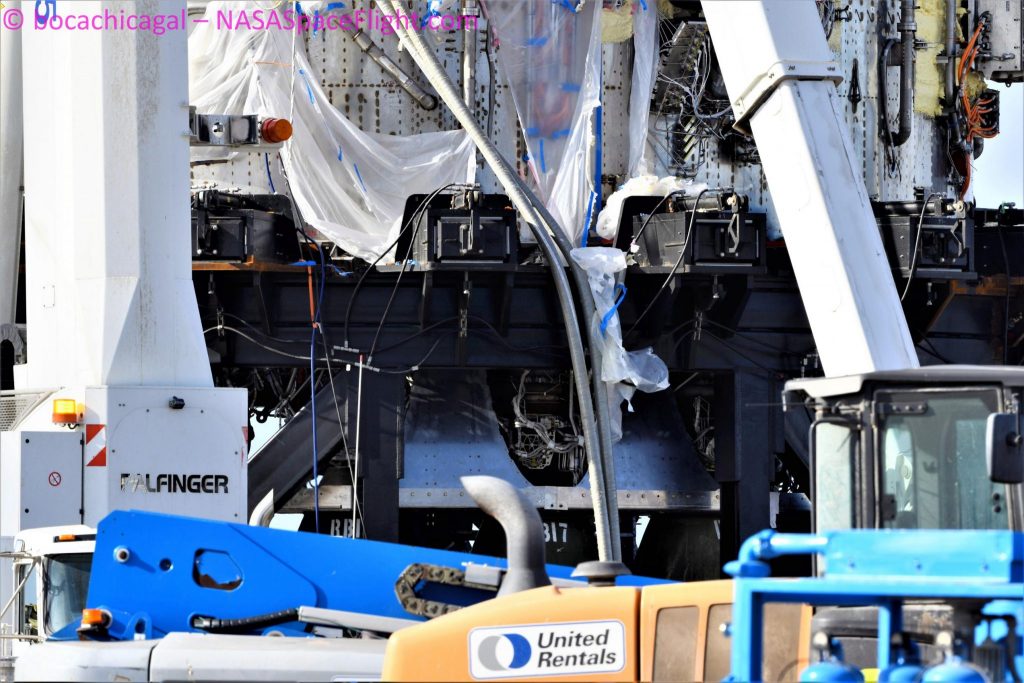
Perhaps the most unusual part of recent Super Heavy B4 work is the apparent application of some kind of foam around several racks of pressure vessels (COPVs), hydraulic manifolds, and umbilical connections installed around the booster’s base. Those racks will eventually be enclosed inside steel ‘aerocovers’ already staged beside Super Heavy. A number of Twitter users believe that the foam being selectively applied is for acoustic deadening – meant to protect sensitive electronics, valves, and computers from the brutal environment Super Heavy itself will produce at liftoff and during ground testing.
Ultimately, with Booster 4 work ramping back up and the zenith of orbital pad construction activity now likely behind SpaceX, preparations for major Super Heavy testing will hopefully resume. SpaceX has yet to perform a full Super Heavy wet dress rehearsal (WDR; fully filling a rocket’s tanks and performing a launch countdown) or fire up more than three Raptors on a booster or ship prototype. With any luck, that will finally change in the final months of 2021.


